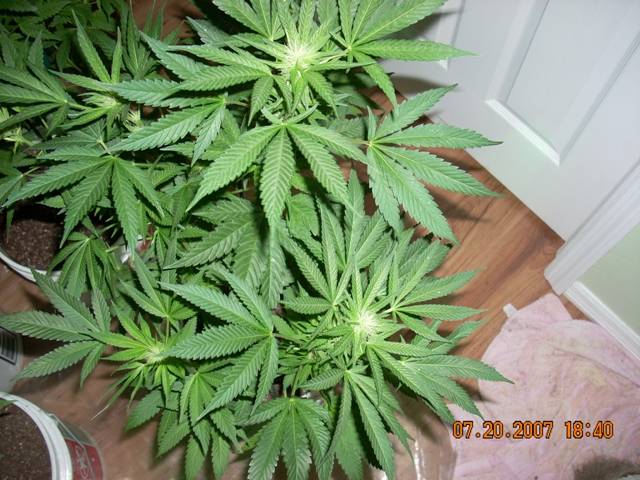V
vonforne
vonforne
Since you live in Germany and this product originally comes from Germany I wonder if you've used this mined product - langbeinite
In the USA it's sold under a couple of brand names - K-Mag and Su-Mag-Po (Sulphur, Magnesium and Potassium).
You'll find it in almost every dry fertilizer mix that has a high 'K' profile. There are 2 forms - one organic and one that is not.
Just curious.
CC
BTW - it was named for a German chemist - Langbein hence the name.
Wow, I was right.....you are a walking library and No I did not know that. Thanks you very much. I have been dying without my K-Mag over here.
V




